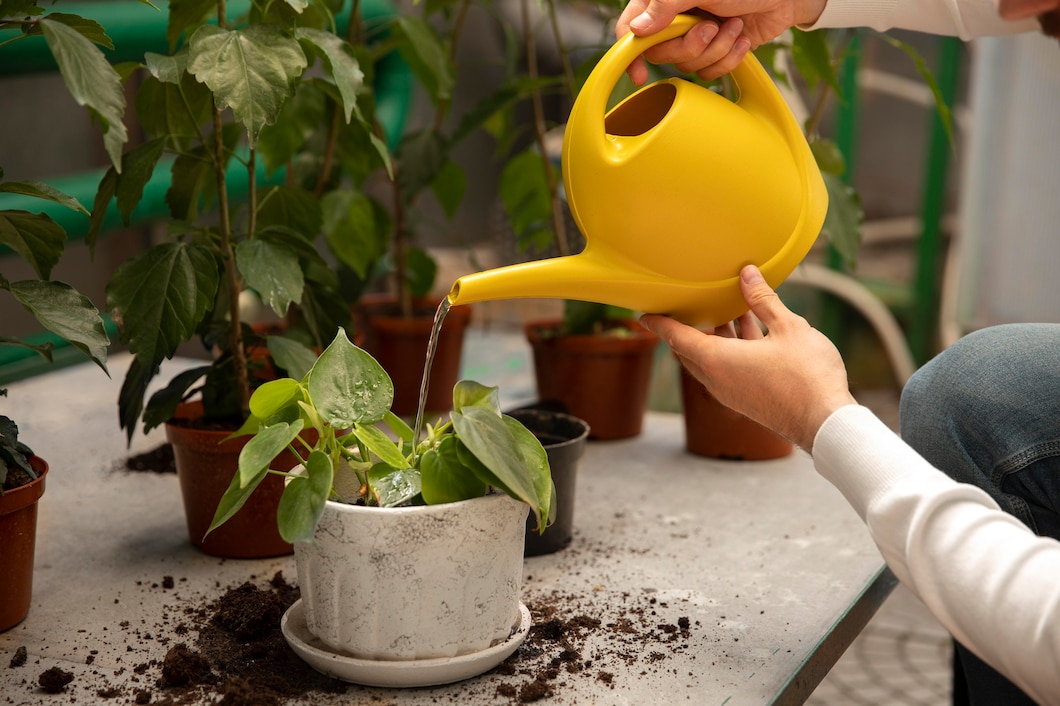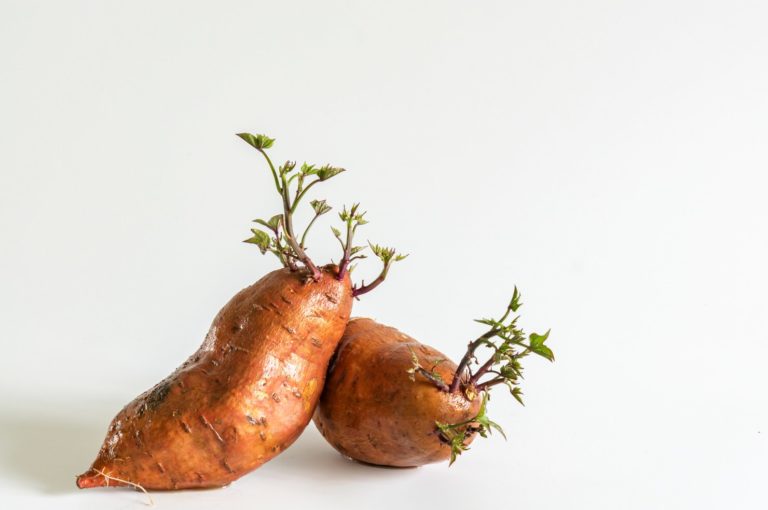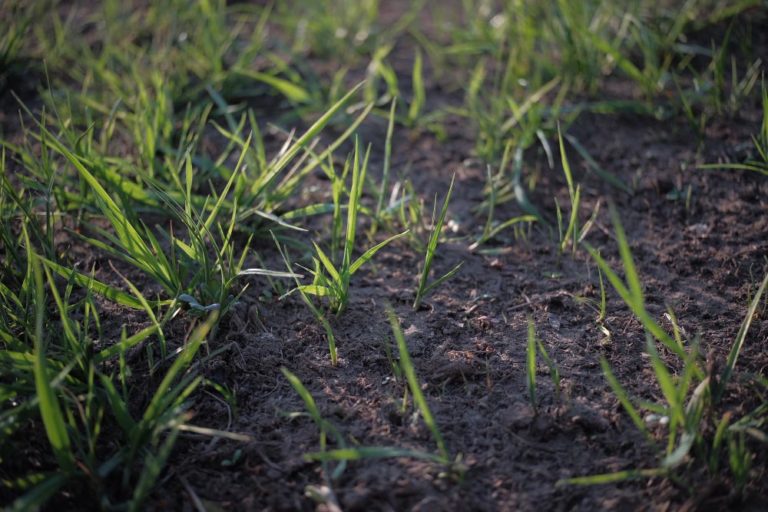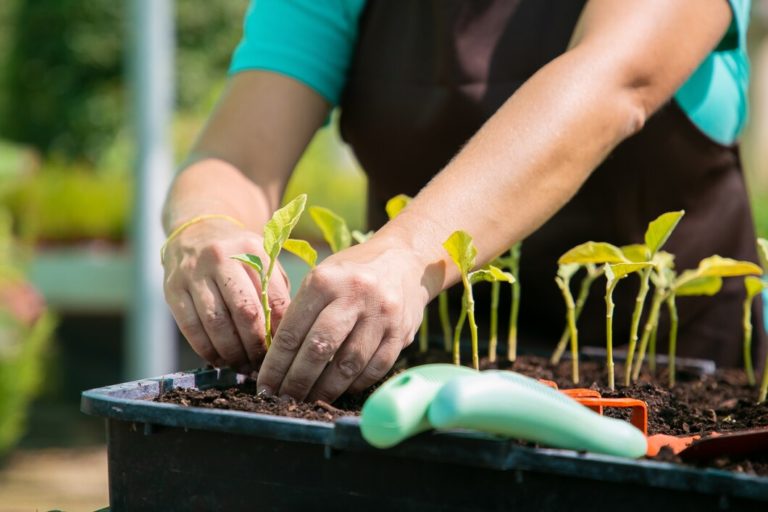6 Signs You’re Overwatering Your Indoor Plants and What to Do About It
Do you have a green thumb? Many people enjoy growing plants, but overwatering can be a common mistake. If you’re not sure if you’re overwatering your indoor plants, there are some telltale signs. In this blog post, we will discuss the symptoms of overwatering and what to do about it!
Symptoms of overwatering indoor plants
1. Yellow or wilted leaves
One of the most common symptoms of overwatering indoor plants is yellow or wilted leaves. When a plant is overwatered, the roots cannot absorb enough oxygen from the soil. This can cause the leaves to turn yellow and eventually drop off.
2. Soil that is soggy or waterlogged
Another symptom of overwatering is soil that is soggy or waterlogged. This is caused by the roots being unable to drain properly, leading to a build-up of water in the soil. This can cause the plant to become stunted or even die.
3. Mold or mildew on the leaves or stem
Mold or mildew on the leaves or stem is another symptom of overwatering. This is caused by too much moisture in the air, which can lead to fungal growth on the plant. Mold and mildew can cause the plant to become weakened and may eventually kill it.
4. Leaves that are brown or crispy
Leaves that are brown or crispy can also be a symptom of overwatering. This is caused by the leaves being unable to photosynthesize appropriately due to a lack of oxygen. The leaves eventually turn brown and crispy and may fall off the plant.
5. Stem that is soft or spongy
A soft or spongy stem can also be a symptom of overwatering. This is caused by the stem being unable to support the plant’s weight due to a lack of oxygen. The stem may eventually collapse, causing the plant to die.
6. Root rot
Root rot is another overwatering symptom caused by waterlogged roots that cannot take in oxygen from the soil. Root rot can kill a plant very quickly, so it is important to address this problem as soon as possible.
If you notice these symptoms in your plants, it is crucial to take action immediately. Overwatering can be a death sentence for your plants, so it is vital to address the problem as soon as possible.
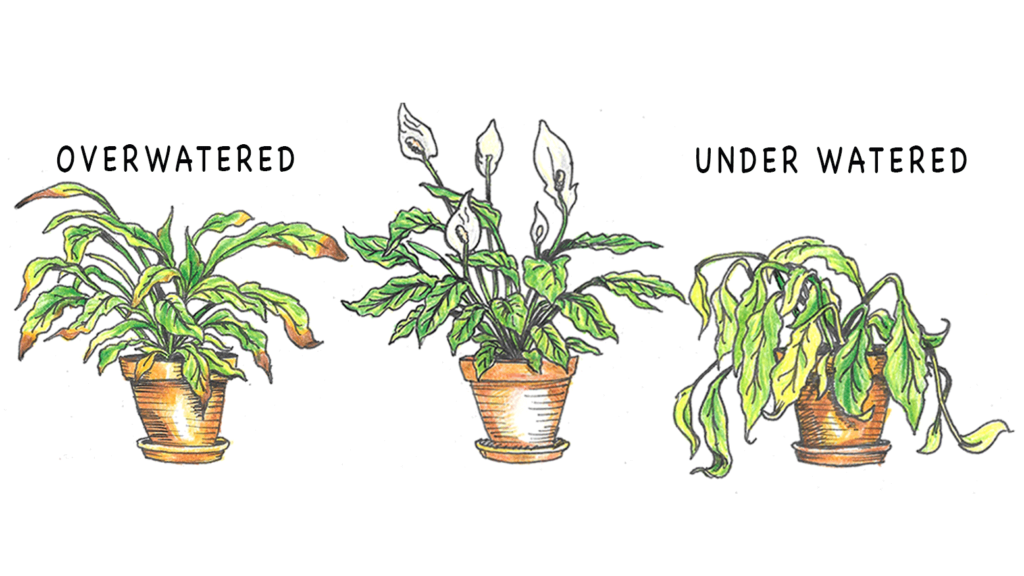
What you can do to save your overwatered plants
1. Check the drainage
The first step is to check the drainage of your pot or planter. Make sure there is a hole in the bottom of your pot. If water is not draining properly, it will sit in the bottom of the pot and drown your plant’s roots.
2. Let the soil dry out
Once you have checked the drainage, you must let the soil dry out completely. Do not water your plant again until the top inch of soil is dry to the touch.
3. Reduce watering frequency
If you water your plants too frequently, they will become overwatered. Watering once a week should be sufficient for most plants. However, some plants may need to be watered more or less often, depending on their specific needs.
4. Use less water
When you water your plants, use less water than you usually would. This will help prevent overwatering and allow the roots to get the oxygen they need.
5. Avoid getting water on the leaves
Water on the leaves of your plant can cause fungal diseases, so it is important to avoid getting them wet if possible. Instead, focus on watering the soil around the base of the plant.

